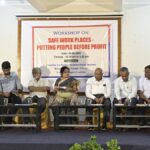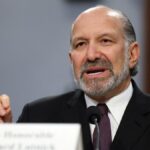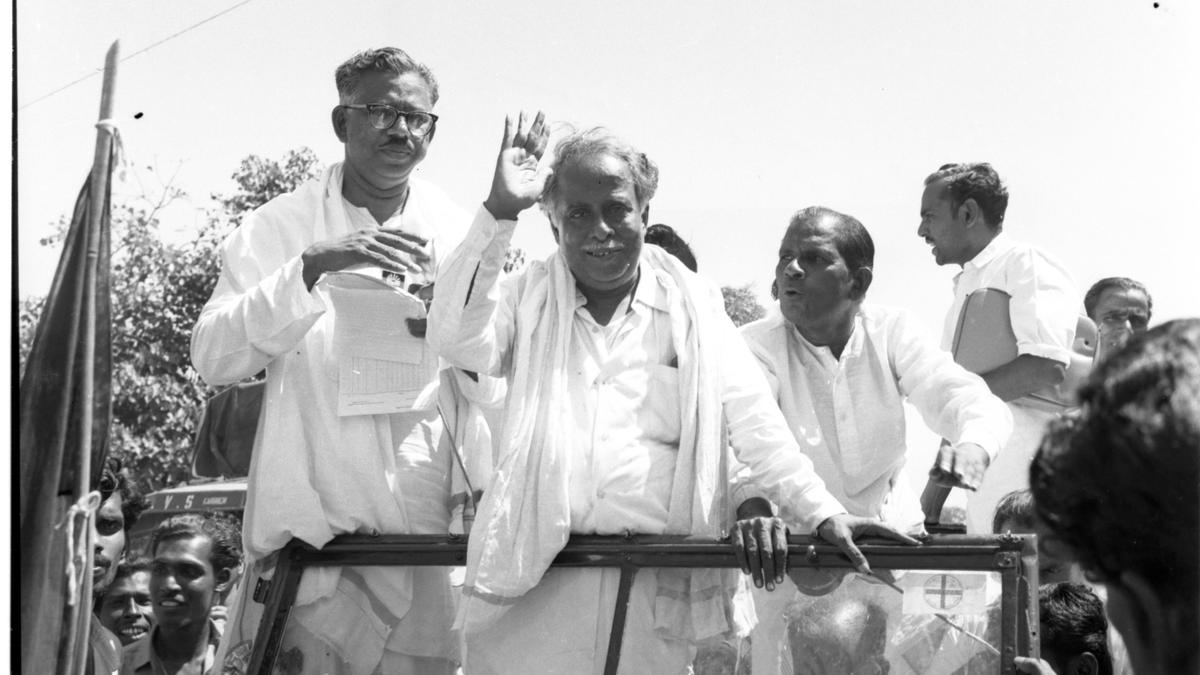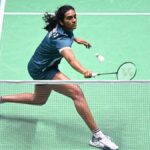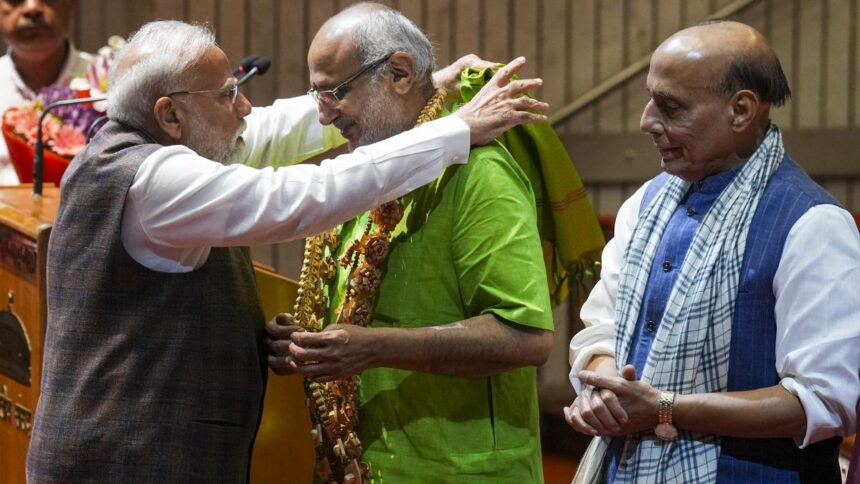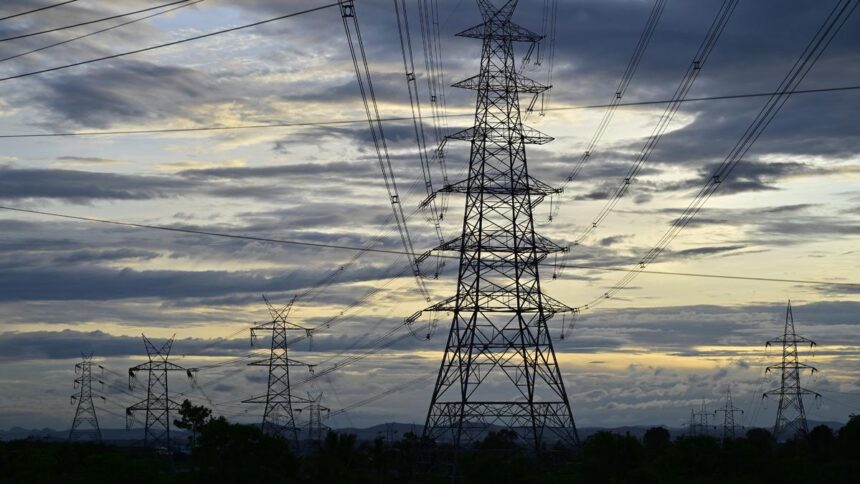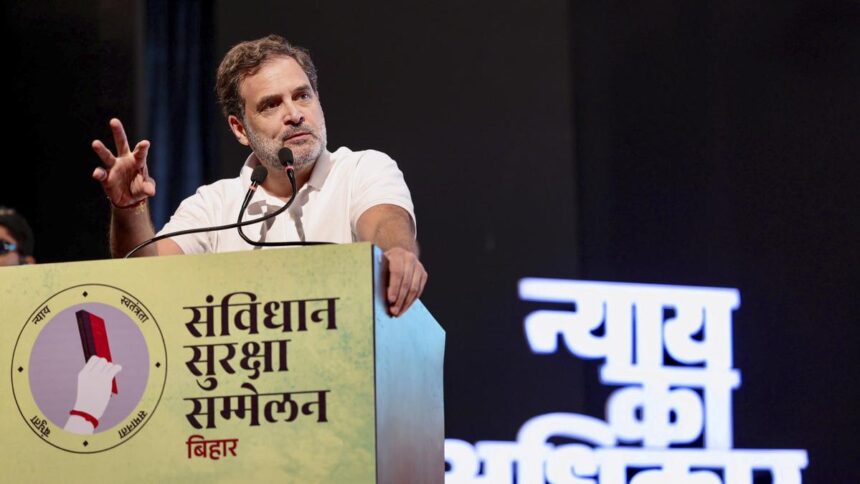Sensational and historic. These terms sum up the outcome of the 1967 Assembly poll in Tamil Nadu.
The verdict was sensational not only because of the defeat of the sitting Chief Minister M. Bakthavatasalam and most of his Cabinet colleagues but also that of the towering personality and All India Congress Committee (AICC) president K. Kamaraj.
It was historic as the Congress party lost power for the first time in the State post-Independence and the organisation has not yet been able to regain it. Bakthavatsalam remains the last Congress Chief Minister of Tamil Nadu. More importantly, the Dravida Munnetra Kazhagam (DMK), then an 18-year-old party which had once mooted the secession of Tamil Nadu from India and the formation of an independent State — Dravida Nadu, rode to power and the party founder, C.N. Annadurai, became the first non-Congress Chief Minister. The DMK remains one of the principal political forces of Tamil Nadu.
Picture taken when Mr. C.N. Annadurai was elected leader of the Legislature Party of Dravida Munnetra Kazhagam in Madras on March 1, 1967.
| Photo Credit:
The Hindu Archives
A relook at the 1967 Assembly election has become necessary as newcomers to the State politics including actor and Tamilaga Vettri Kazhagam (TVK) founder C. Joseph Vijay, would love to cite the poll result and claim their presence in the fray in 2026 would be as eventful as 1967.
While historians and political leaders today believe the historic poll took place at a time when Tamil Nadu was undergoing a huge shift in its political arena, it is still debatable whether the defeat of the Congress in general and Kamaraj in particular was anticipated. This could be seen from the following sentences, published by The Hindu, in its editorial of February 24, 1967: “ALL PRE-ELECTION FORECASTS have been utterly confounded by the sensational and sweeping reverses that the Congress has suffered in Madras [as Tamil Nadu was known then]. While the results are bound to cause deep heart-searching within the ranks of the Congress leadership, the rest of the world will wonder how such a debacle could occur in a State in which, by and large, the Congress Ministry’s record of achievements was outstanding and significantly better than in many other States.”
The Congress, which had been in power in the State since 1946, saw its vote share going down from 46.14% in 1962 to 41.1% five years later. In terms of seats, this meant the loss of 78 seats (from 139 seats to 51 seats). It was not just the five percentage point that alone made a difference. But, it was the very high degree of index of Opposition unity, paving the way for regime change.
The DMK faced the election in the company of allies such as the Swatantara, Communist Party of India (Marxist), Praja Socialist Party, Samyuktha Socialist Party, Forward Bloc, Tamil Arasu Kazhagam, “We Tamils” party and the Muslim League. In fact, the DMK, which was keen on building a strong anti-Congress front, had even attempted to bring the CPI under its fold but the talks did not succeed. When the results were out, the DMK-led coalition, also called United Front, swept the polls with 178 seats and over 52% vote share. The difference between the Congress and the United Front was an unbridgeable 10 percentage-odd point, even though, on a one-to-one basis, the Congress had polled about 63,000 votes more than the DMK.
“I was in my early 20s then and very much engaged in political work. But, I could sense that the change was coming. So, I wasn’t surprised about the overall results,” says R. Thangathurai, a chronicler of the Dravidian political movement. However, R. Kannan, biographer of C.N. Annadurai and M.G. Ramachandran, says the fate that Kamaraj had met with was a “surprise.” Mr Thangathurai does not agree with the argument adduced by Kamaraj’s admirers that the former Chief Minister’s decision to take over as the AICC chief in 1963 had cost the party in Tamil Nadu very dearly and asserts the change would have taken place even otherwise. However, Dr Kannan feels “to some extent,” the move had hit the party.
One interesting feature about the 1967 election was the choice of Kamaraj and Annadurai, while entering the fray. Kamaraj, despite being the president of the then No. 1 party at the all-India level, had contested in an Assembly constituency – Virudhunagar – apparently as a “morale-boosting measure” for the party. Annadurai, who lost in his home seat of Kancheepuram in 1962, had opted for the South Chennai Lok Sabha constituency. In the end, the former lost and the latter romped home. But, during the campaign, Annadurai’s decision was cited by the Congress to argue the DMK had nursed doubts about its electoral fortunes for the Assembly. However, the DMK founder had countered this argument well with his own reasons – the ability of his colleagues to “run the administration smoothly and efficiently,” wherever he was; no bar for him to follow what Kamaraj did in 1954 when he became Chief Minister, after quitting the post of Member of Parliament, and his being an MP would be “more useful” to check any attempt of the Centre to create difficulties for a DMK government in the State, according to a news item of The Hindu on January 26, 1967.
Analysing the results, this newspaper, in February 1967, wrote that “neither the rice situation, which was mishandled in the rationed areas, nor the mounting cost of living, which had generated widespread discontent, fully explains the general rout of the party over the whole State, though they were the two most powerful factors operating against the Congress. The massive scale on which the Dravida Munnetra Kazhagam [DMK] could mobilise its supporters for the election campaign and the unified opposition presented by the United Front of the major Opposition parties undoubtedly account for the large majorities scored against the Congress. The mass of women voters, who had been acutely feeling the pinch of rising prices, were apparently inclined to vote against the ruling regime, regardless of consequences. The D.M.K. also benefited from the spontaneous support given to it by the student community because of the continuing resentment over the happenings in 1965 when the anti-Hindi agitation was put down by force.”
Former Union Minister C. Subramaniam, in his memoirs Hand of Destiny (Volume 2), contended that Bakthavatsalam “did not realise the emotional aspect” of the anti-Hindi movement and “made light of it.” Subramaniam, who served as State Finance Minister for 10 years (1952-62), pointed out in his book that more than the availability of rice and wheat, there was “bungling in their distribution.” Besides, the support of C. Rajagopalachari or Rajaji to the DMK had “enabled it [the Dravidian major] to gain respectability,” observed Subramaniam.
Quoting Bakthavatsalam’s memoirs, Dr. Kannan says Kamaraj had undermined him constantly. A similar charge was made by Subrmanaiam in his memoirs, while talking about his presidency of the Tamil Nadu Congress Committee after the 1967 defeat, and it was no wonder both were on the other camp of the Congress when the party had suffered a split in 1969.
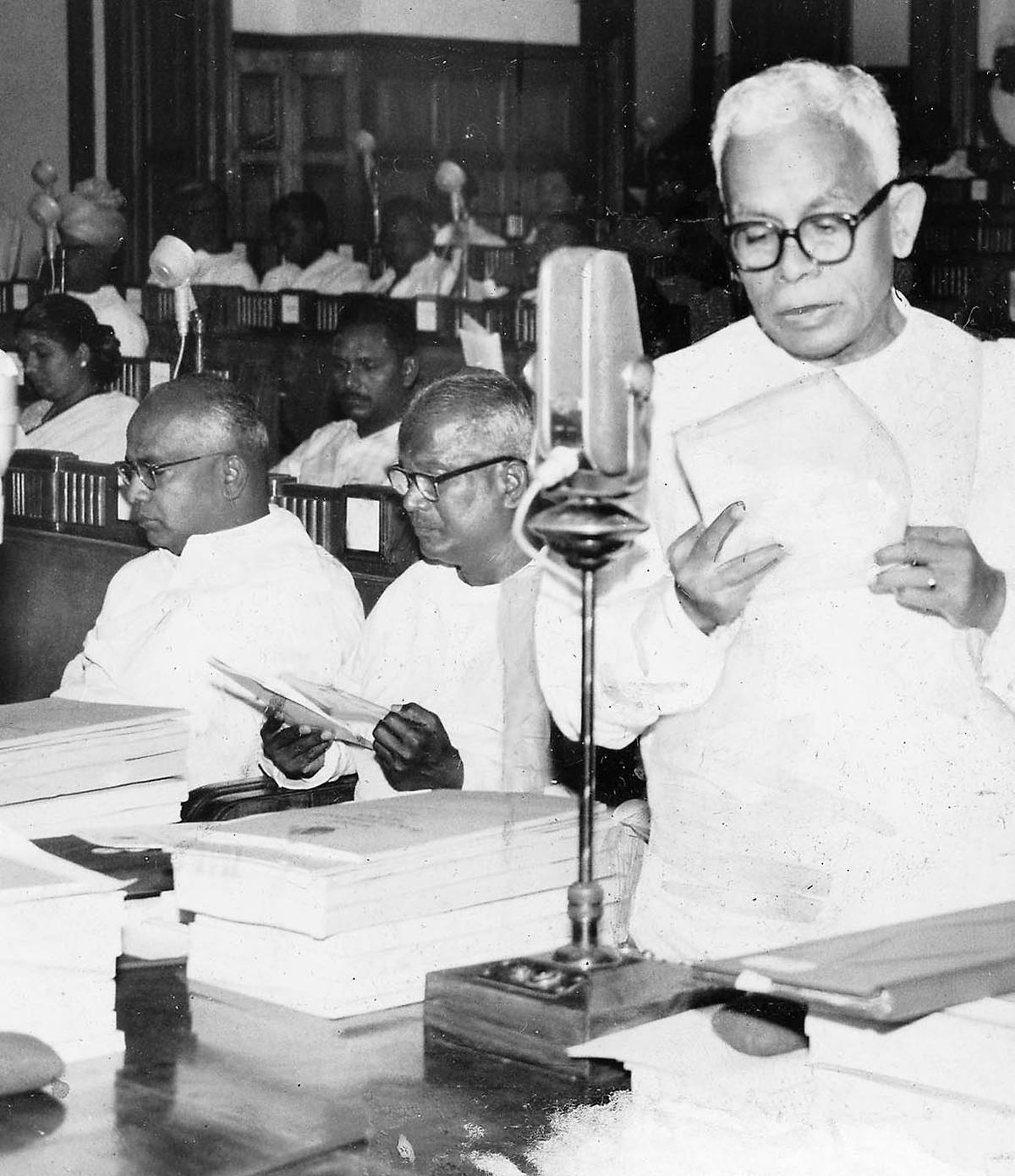
Then Chief Minister of Madras, Mr. M. Bhaktavatsalam,in the Madras Assembly on March 1, 1965.
| Photo Credit:
The Hindu Archives
On the defeat of Kamaraj at the hands of a leader of college students P. Srinivasan of the DMK, a nonagenarian from Virudhunagar, who wishes to remain anonymous, recalls that the Congress leader had got it wrong with caste mix. After the arrest of Muthuramalinga Thevar in the Immanuel Sekaran murder case in 1957, certain sections of Mukkulathors had turned against him and the Congress. Also, the Congress leader’s move to sideline three-time legislator and former MP, S. Ramasamy Naidu, regarded as an influential leader, had eventually rendered the party unpopular among sections of the Naidu community in the area. Naidu, in 1967, won as a candidate of the Swatantara from Sattur.
Apart from all these factors, the incident of actor M R Radha shooting actor-cum-DMK member M.G. Ramachandran, who later went on to found the All India Anna Dravida Munnetra Kazhagam (AIADMK), provided a dramatic twist to the poll campaign, helping the DMK-led front immensely. The Dravidian major’s electoral promise of supplying rice of three measures at ₹ 1 caught the imagination of the people who were longing for an immediate relief from the problem of acute shortage.
In the final analysis, the 1967 poll outcome in Tamil Nadu has been providing several lessons for political leaders and policy makers in political alignment and governance. Every leader of some following has realised the importance of forging a strong coalition to face the polls. Except in 2016, the two Dravidian parties – the DMK and the AIADMK – had won in the Assembly elections only in the company of one or two parties. Also, all the successors of Bakthavatasalam were careful, while handling the issue of rice supply through the public distribution system.





